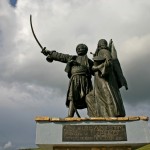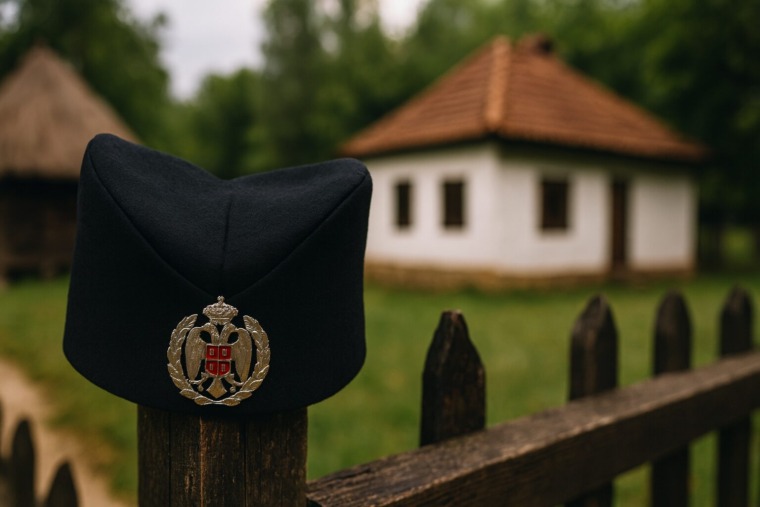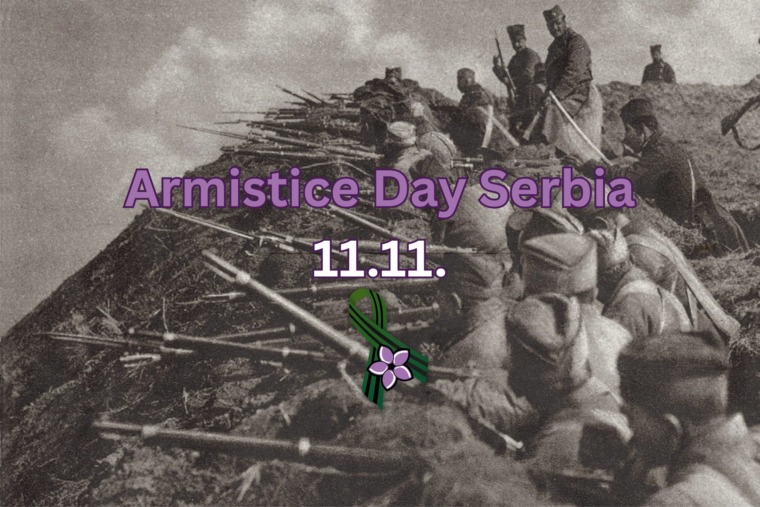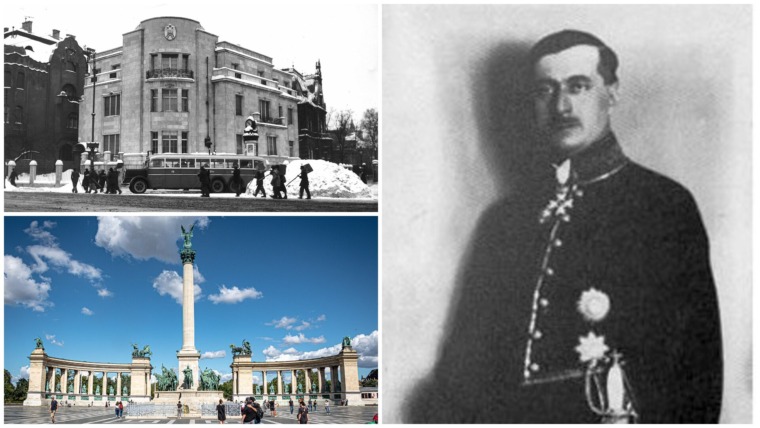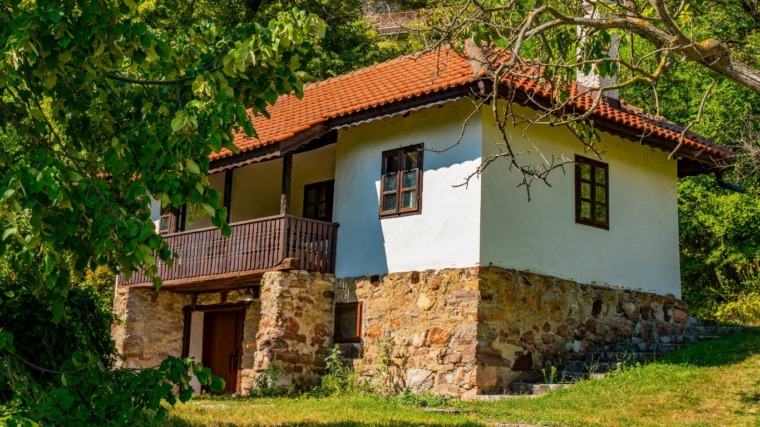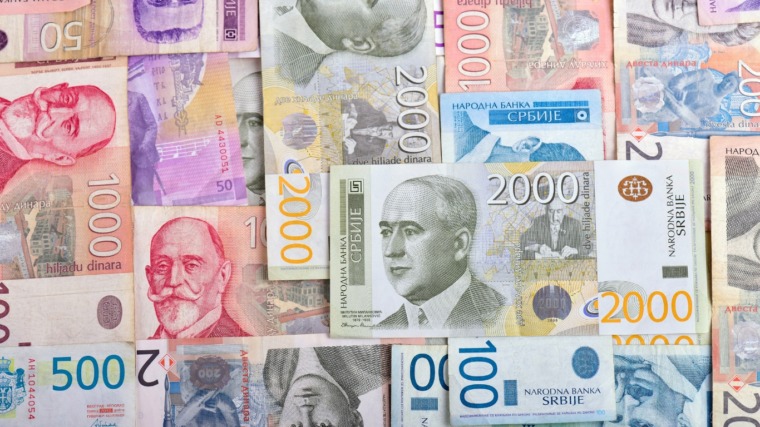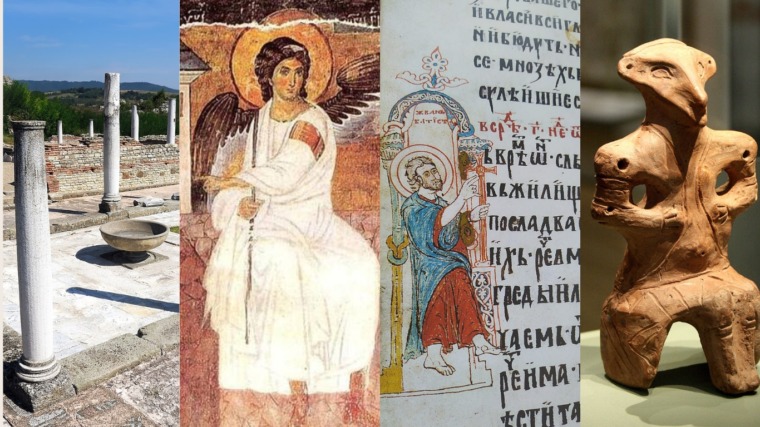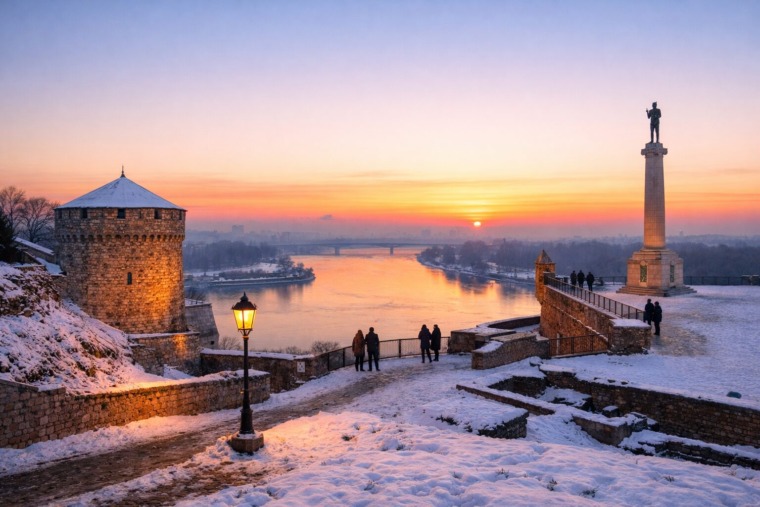

During the course of history, Serbia has been transformed many times, it has lead several defensive wars and has managed to preserve its independence
Serbs, like all other Southern Slavic tribes, came to the Balkans in the Migration Period during the 6th and the 7th century.
The Byzantine Emperor Constantine Porphyrogenitus mentions them in the 10th century, when they inhabited the territory of what today is the territory of Southern Serbia, Eastern and Central Bosnia and Herzegovina and the Adriatic cost between the Cetina River and Skadar Lake, and to the south to the Lim River and mountain range of Prokletije.
They have stayed here forever, accepting different influences and representing the invisible border between East and West and at the same time accepting the best from both worlds.
Since the abandonment of ancient Slavic religion and Entry into Christendom in the 9th century, since the formation of the first Serbian state under the rule of the Nemanjić family and its transformation into Empire in the 14th century, Serbia undergone various transformations, got its first laws and church independence.
After slavery and liberation from the Turkish rule in the 19th century, Serbia became a modern state, appreciated politically and culturally in Europe.
Serbia participated in all liberation wars in this region and suffered the greatest losses in the World War I. In the 20th century Serbia initiated and was a co-founder of several alliances with neighboring South Slavic nations, that by the end of the 20th century came to an end.



